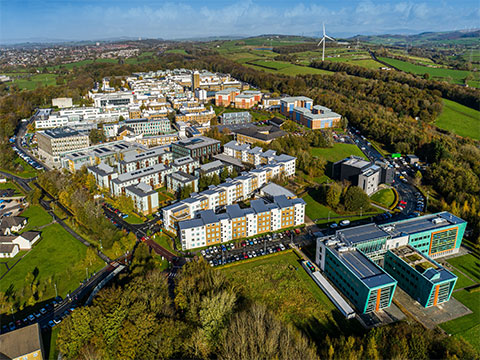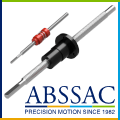
Posted to News on 18th Apr 2024, 17:00
Finding the right mass flow controller for volcano research
For one post-doctorate researcher at Lancaster University, the latest investigation involves experimental work using equipment that needs to operate at relatively low air flow rates. The solution came from Brkert, which supplied the original mass flow controller.

Successful research depends on high-quality, reliable data, which in turn, can only be generated by well-calibrated equipment. For research establishments, such as universities, repurposing equipment for new projects can be cost-effective, however, the equipment must still be able to meet the requirements of the new projects.
Dr Natalia Lipiejko has recently started a three-year research project at Lancaster University to investigate granular flows with the aim of developing a model that will help understand the rheology of pyroclastic density currents (PDCs). PDCs are mixtures of volcanic rocks and hot air that travel away from the volcano.
The investigation of granular flows, such as PDCs, often involves a rheometer, an instrument that is used to study viscoelastic behaviour of various materials. High-quality rheometers represent a significant investment for researchers and if possible, the existing equipment should be used.
For the project at Lancaster University, the equipment consists of a rheometer with a cell for the granular material. The cell is connected to a compressed air supply, which is used to fluidise the material. The flow rates of the compressed air are controlled by the Brkert mass flow controller. Fluidisation means that the upward force exerted by the compressed air balances the weight of the granular material and the material behaves like a fluid.
The experiments are performed using glass beads of diameters ranging from tens to hundreds of microns. Glass beads have often been used as analogues for pyroclastic material. Additionally, results from experiments with glass beads are relatively easy to use to validate numerical models, which will be developed as a part of the project.
Determining the right flow rate
One of the first steps of the experimental procedure is determining the point (the air flow rate) at which the glass beads become fluidised. The minimum flow rate required to fluidise the glass beads strongly depends on their size. The flow rates provided by the original mass flow controller were too high for the smaller beads. However, reducing the air flow rate beyond the operational range of the mass flow controller would significantly reduce the precision of the measurements.
Dr Natalia Lipiejko, explains: We quickly realised that the mass flow controller in our rheometer needed to be changed. Replacing an accessory such as the mass flow controller would be a much more cost-effective solution than purchasing a new rheometer. Since we knew the manufacturer of the original mass flow controller, we contacted Brkert directly to enquire about available options.
The communication with Brkert was really good. We needed a drop-in replacement for the mass flow controller and it was important that the mechanical and electrical connections were the same. The reduced maximum flow rate of the new mass flow controller will allow us to collect data of the highest quality.
Finding the best solution
Clive Halliday, North West account manager for Brkert, comments: In the case of mass flow controllers, there are a lot of choices, so it is usually better to use our product configurator to ensure the best solution. In this particular case, I had an appointment not far from the university, so I offered to call in and discuss the application and help find the right product.
With so many variables and configurations, flow controllers need careful thought, and in this case, the legacy product had been replaced with a modern, digital version, so an electrical adapter cable was also required. Fortunately, the rheometers software allows a new device to be added and configured, so the new Type 8741 flow controller was a perfect fit.
The rheometer is essential to the project and the researchers were not in a position to purchase another machine. As a result of Brkert's efforts, the research can now accurately measure the fluidisation point for smaller glass beads, enabling the project to proceed.
Rheometers are used for a range of purposes, including quality control, research and development projects across numerous industries such as pharmaceuticals, civil engineering and material science. In the event of a change in the application, it is important to realise that when the OEM is unable to offer a suitable solution, the component supplier, such as Brkert, may have a more cost-effective answer that is relatively simple to implement.
Fluid Control Centre
1 Bridge End
GL7 1QY
UNITED KINGDOM
+44 (0)1285 648720















